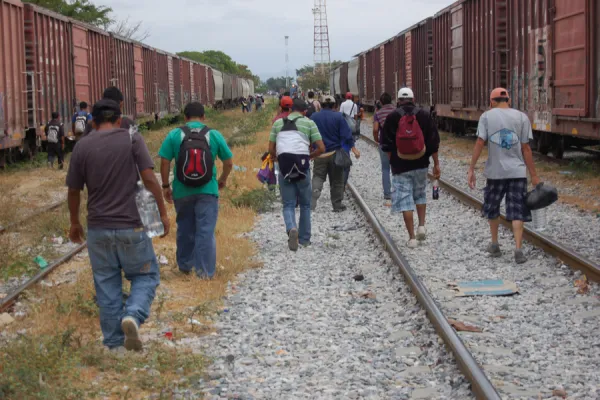
Denver, Colo., Feb 13, 2023 / 14:32 pm (CNA).
What happens when an atheist looking for a job meets a girl wanting to become a nun? That is the premise of a new EWTN web series titled “James the Less,” premiering Feb. 13.
The EWTN exclusive five-episode web series will air Monday through Friday, Feb. 13–17, at 8 p.m. ET on EWTN’s YouTube channel. Each episode is approximately four to nine minutes long.
James Little is fresh out of college and in desperate need of work. Walking around town, he bumps into a girl outside of a church who asks him if he’s attending Mass. James is an atheist. However, a help wanted sign on the church bulletin board catches his eye and entices him to interview for the position: handyman. He accepts the position at St. James the Less Church and starts to encounter Catholicism. Soon, James finds his ideals challenged by the no-nonsense pastor Father Lambert Burns and through his romantic pursuit of parishioner Anne-Marie.
Director of Studio Operations for EWTN Stephen Beaumont called the result of the series “both comic and moving.”
“The narratives provide an opportunity to attract people who might not otherwise watch Catholic programs,” he said. “Our hope is that Catholics and non-Catholics alike will find the show entertaining and that atheists will gain insight into what Catholics believe.”
Beaumont worked with EWTN producers Michael Masny and Greg Hendrick to develop the scripts for the five-part romantic comedy.
James is played by Catholic artist and missionary Tanner Kalina. He has been a part of ministries such as FOCUS, Ascension Presents, NET, and others. He also hosts a podcast with several of his friends called “Saints Alive.”
Carol Jeong takes on the role of Anne-Marie. She says her faith and Korean-American upbringing taught her the importance of compassion, and she strives to bridge divisions through acting.
The series will not be broadcast on television. Watch exclusively on EWTN’s YouTube channel:
If you value the news and views Catholic World Report provides, please consider donating to support our efforts. Your contribution will help us continue to make CWR available to all readers worldwide for free, without a subscription. Thank you for your generosity!
Click here for more information on donating to CWR. Click here to sign up for our newsletter.





Leave a Reply